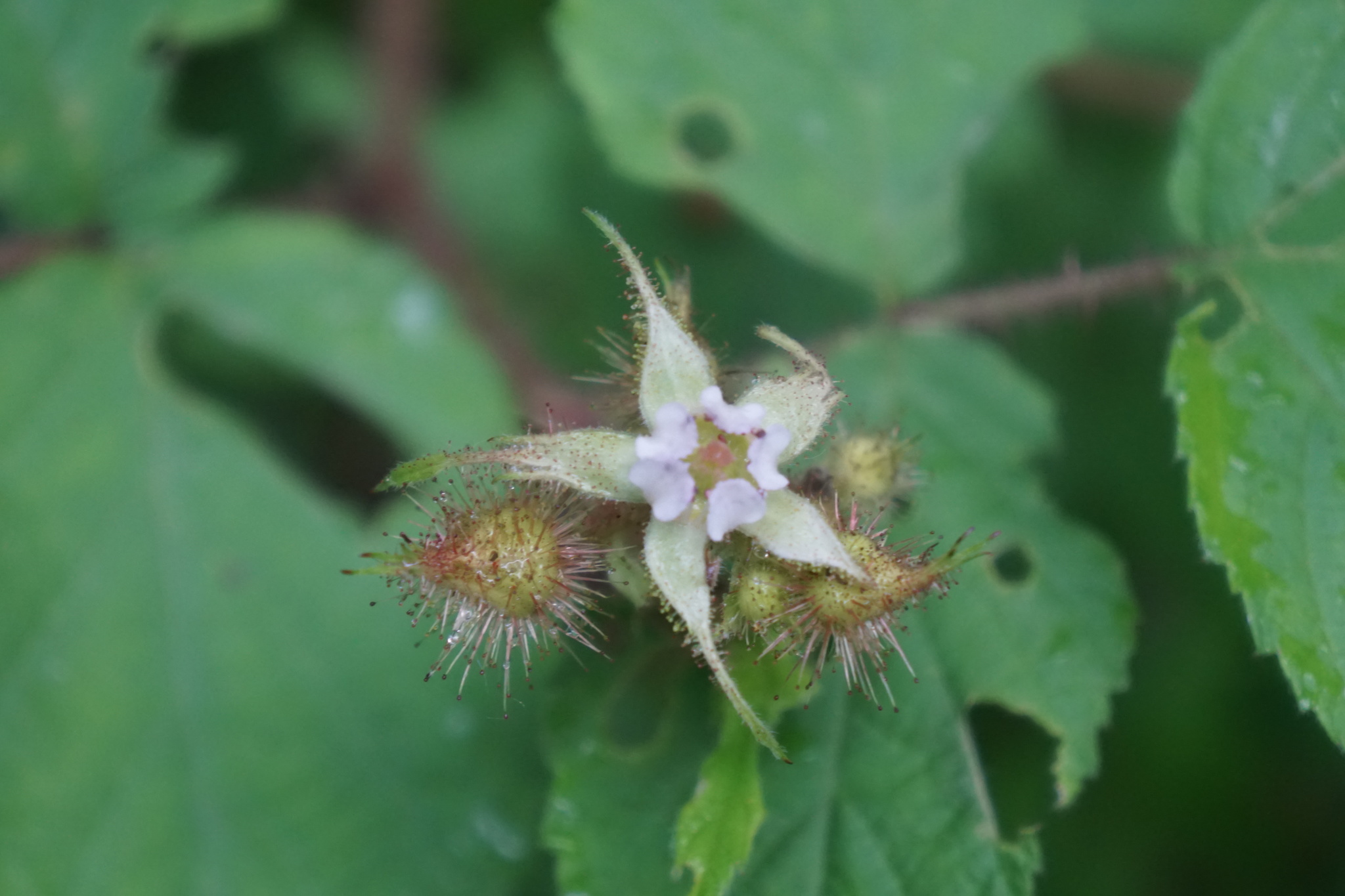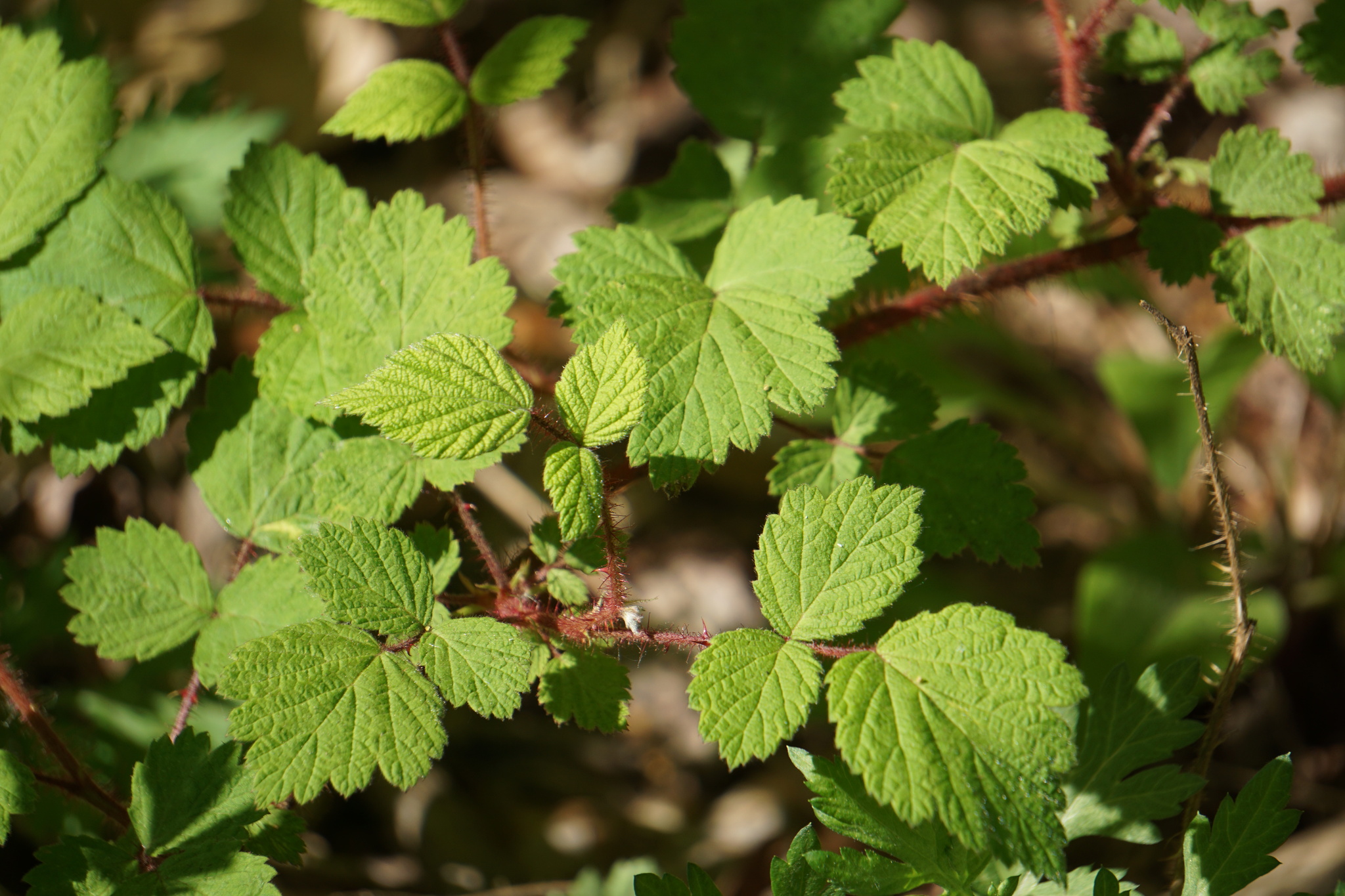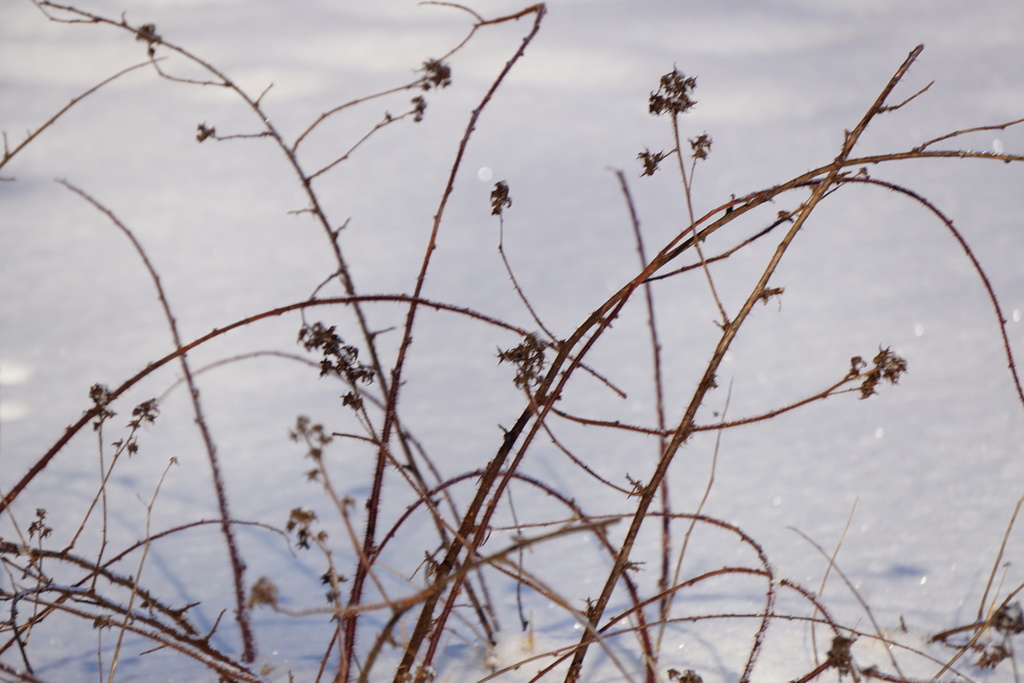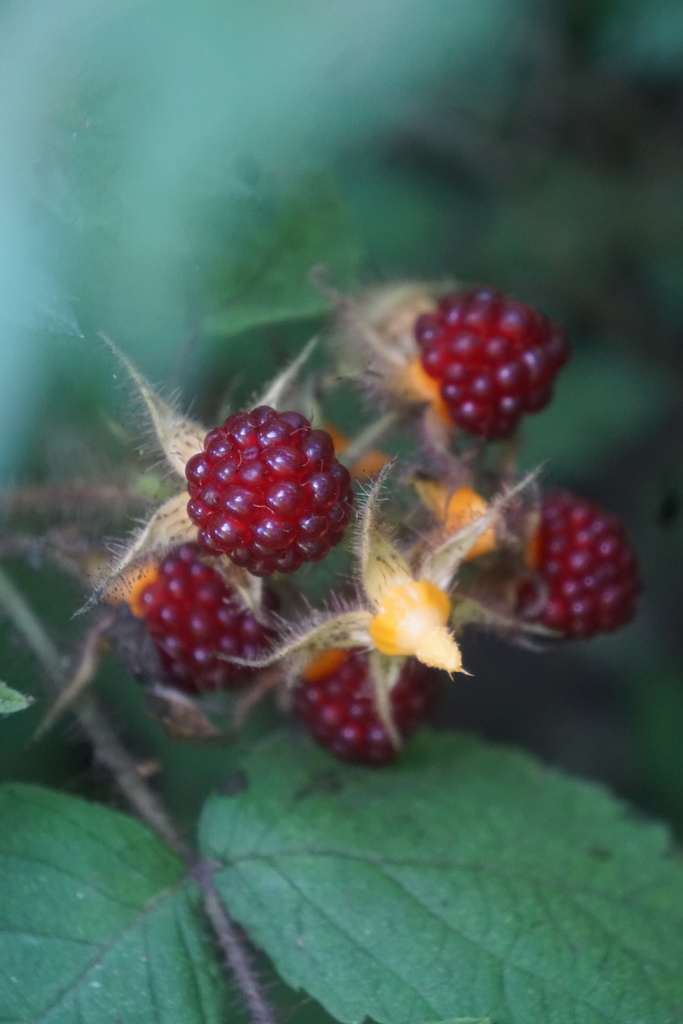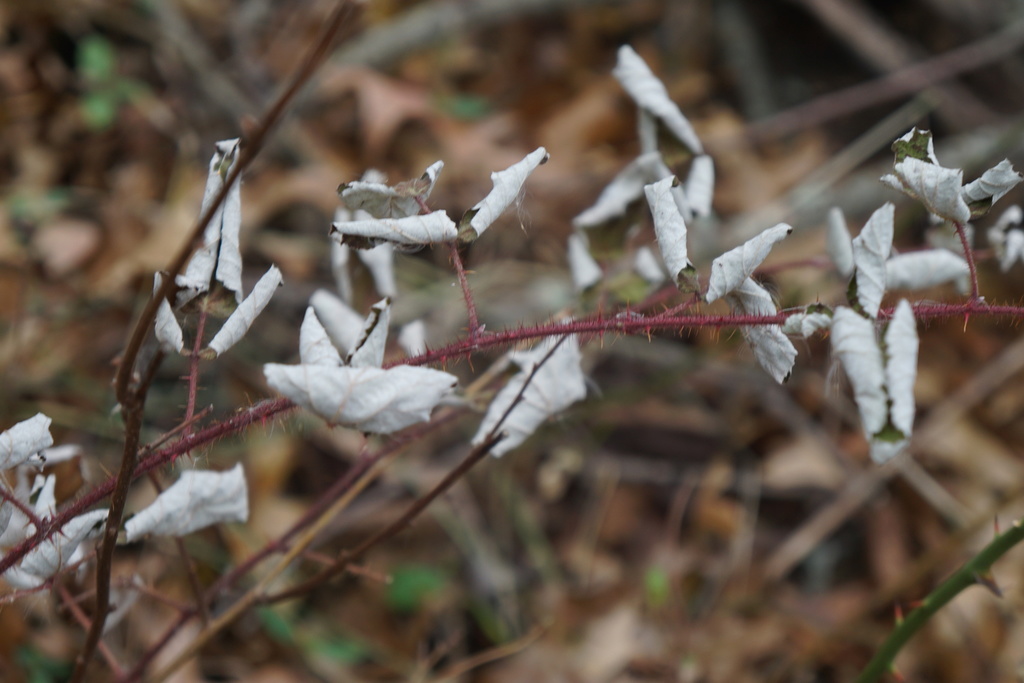When looking at roses, first rule out brambles (Rubus sp.). If it has fluted stems, it's not a rose. If it has leaflet arranged palmately (all attached at the same point) it's not a rose. If it only has three leaflets with no leaves with more it's not a rose. If its fruit is a cluster of little bumps as in raspberries and blackberries it's not a rose.
You also need to rule out roses that are planted on purpose. They are generally hybrids and can't be IDed beyond species. Any rose with more than 5 petals on the flower is probably a hybrid rose.
The most common rose in NJ is multiflora (R. multiflora). It has stipules (at the base of the leaf stem) that are stringy. It has clusters of lots of fruit that are about pea sized (always clearly smaller than a marble). It has stout, curved thorns but never has prickles among those thorns. It often had deformed leaves caused by Rose Rosette Disease Virus
The other common NJ roses (in order) are: rugosa/seaside rose (R. rugosa), swamp rose (R. palustris), Carolina rose (R. carolina), dog rose (R. canina), and Virginia rose (R. virginina)
Twigs & thorns:
-If it has big, fat, curved thorns it's either multiflora or dog.
-if it has tons of prickles it's either rugosa or Carolina (some prickles, very curved thorns is swamp)
-if it has pairs of curved thorns it's either swamp or Virginia
-if it has pairs of straight thorns it's either Carolina or Virginia
Fruit:
-if the fruit is always smaller than a marble it's multiflora
-if the fruit is clearly longer than wide (football shaped) it's dog.
-rugosa hips are larger than swamp/Carolina/Virginia, but it's hard to estimate.
-if the fruit has hairs (generally with glands on the tips) it's swamp, Carolina, or Virginia
-but if it's smooth it can be any of them.
Leaves:
-if the leaves are very wrinkled, almost folded or quilted along the veins it's rugosa
-swamp rose has much finer teeth than any of the other roses.
Stipules:
-if the stipules are stringy it's multiflora
-if the stipules are extremely narrow it's probably swamp but might be Virginia.
-if the stipules are very broad it's rugosa (check texture), Carolina, or dog.
Sepals:
-if the sepals are lobed it's dog.
Flowers:
-if there are more than three flowers in a cluster it's multiflora (small) or rugosa, dog or Virginia (large)
-if there is one or two flowers in every cluster it's swamp or Carolina
Note that all the roses here can be pink or white. Multiflora is usually white, rugosa is usually very dark pink or white but can be pale as all the other species.
Location:
-if it is not "down the shore" it's not rugosa (unless it was planted)
-if it's not by water, it's not swamp.
Multiflora rose: stringy stipules; tiny fruit in huge clusters; big, hooked thorns; leaves with large teeth; sepals not lobed; small, usually white flowers with roughly a dozen in a cluster.
Rugosa rose: down the shore; very wrinkled, quilted looking leaves; extremely prickly and thorny stems; huge fruit often wider than tall; very wide stipules; average saw teeth; sepals not lobed; Large, usually dark pink or white flowers in clusters of 3-4.
Swamp rose: by water, very curved, stout thorns in pairs at nodes, sometimes some prickles; very narrow stipules; very fine teeth; round fruit hairy at first; sepals not lobed; usually large, light pink flowers.
Carolina rose: straight, thin thorns in pairs at nodes, usually with lots of prickles as well; wide stipules; leaves with average saw-teeth, no more than 2 flowers in a cluster; flowers large and usually pale pink; sepals not lobed; fruit round and often hairy.
Dog rose: Fruit longer than wide; sepals pinnately lobed; thorns large and hooked, scattered (not paired); fruit never hairy; stipules wide; flowers often in clusters of 4 or more; leaves with average saw teeth; flowers large and usually pale pink.
Virginia rose: stipules narrow; thorns fairly straight, paired at nodes; generally no prickles; generally three or more flowers in a cluster; leaves with average saw teeth, fruit round, often hairy; sepals not lobed; flowers large and generally pale pink.

